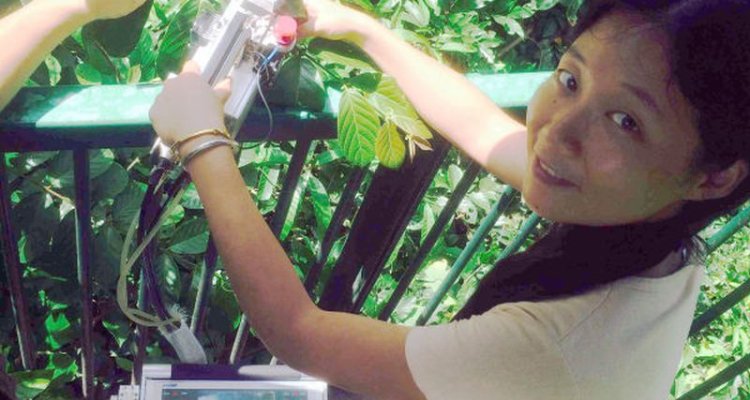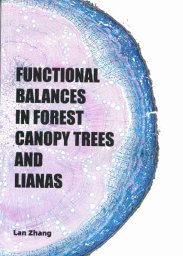
Project
Functional balances in forest trees and lianas
Canopy branches are key energy input pathways of forest trees. The success of canopy branches is important for canopy woody plants to compete and survive. Understanding their performance on water and sugar flow from eco-physiological functions and wood anatomy will be helpful to understand their success.
The project was conducted across temperate forest to tropical forests. All sites in China had a crane to reach the forest canopy. Selected plant traits that reflecting hydraulic conductivity, hydraulic safety and mechanical safety are collected including xylem specific conductivity, cavitation resistance, modulus of rupture and dry wood density. Wood anatomy traits which associating with water and sugar flow were checked including vessel diameter, tissue composition (vessel, fibre/traicheids, ray and axial parenchyma), xylem area and phloem area.
In tropical forest, lianas and trees were two target lifeforms while in temperate forest, broadleaves and conifers were two target lifeforms. All the traits were compared between different lifeforms within one climate to understand if species differ in their performance under the same environmental condition. Functional balances between water loss and water transport/storage, and between sugar production and sugar translocation/storage were analysed and were found to be similar between different life forms.
